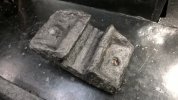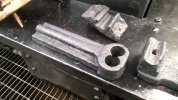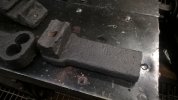rogerfarnworth
Member
- Joined
- 21 Feb 2018
- Messages
- 678
This is the first article in a short series on the tramroad and later railway that served the Penrhyn Quarries, bring slate down to Porth Penrhyn...

 rogerfarnworth.com
rogerfarnworth.com

The Penrhyn Quarry Railway – Part 1
A short history of the line is followed by some information about the locomotives used on the line. This first article then focusses primarily on the horse-powered tramroad which preceded the later…
Penrhyn is the Welsh word for 'promontory'.
"The history of Port Penrhyn can be traced back as early as 1713 when it was recorded that 14 shipments totalling 415,000 slates had been sent to Dublin. In 1720, another 8 shipments totalling 155,000 slates were sent to Dublin, two to Drogheda (20,000) and one to Belfast (35,000). Two years later, a shipment of 80,000 slates were sent to Dunkirk. After these few shipments only coastal traffic left from Aber-Cegin (Port Penrhyn) until Richard Pennant took over the ownership of Penrhyn Estates and appointed Benjamin Wyatt in 1786 as agent."
Last edited:





